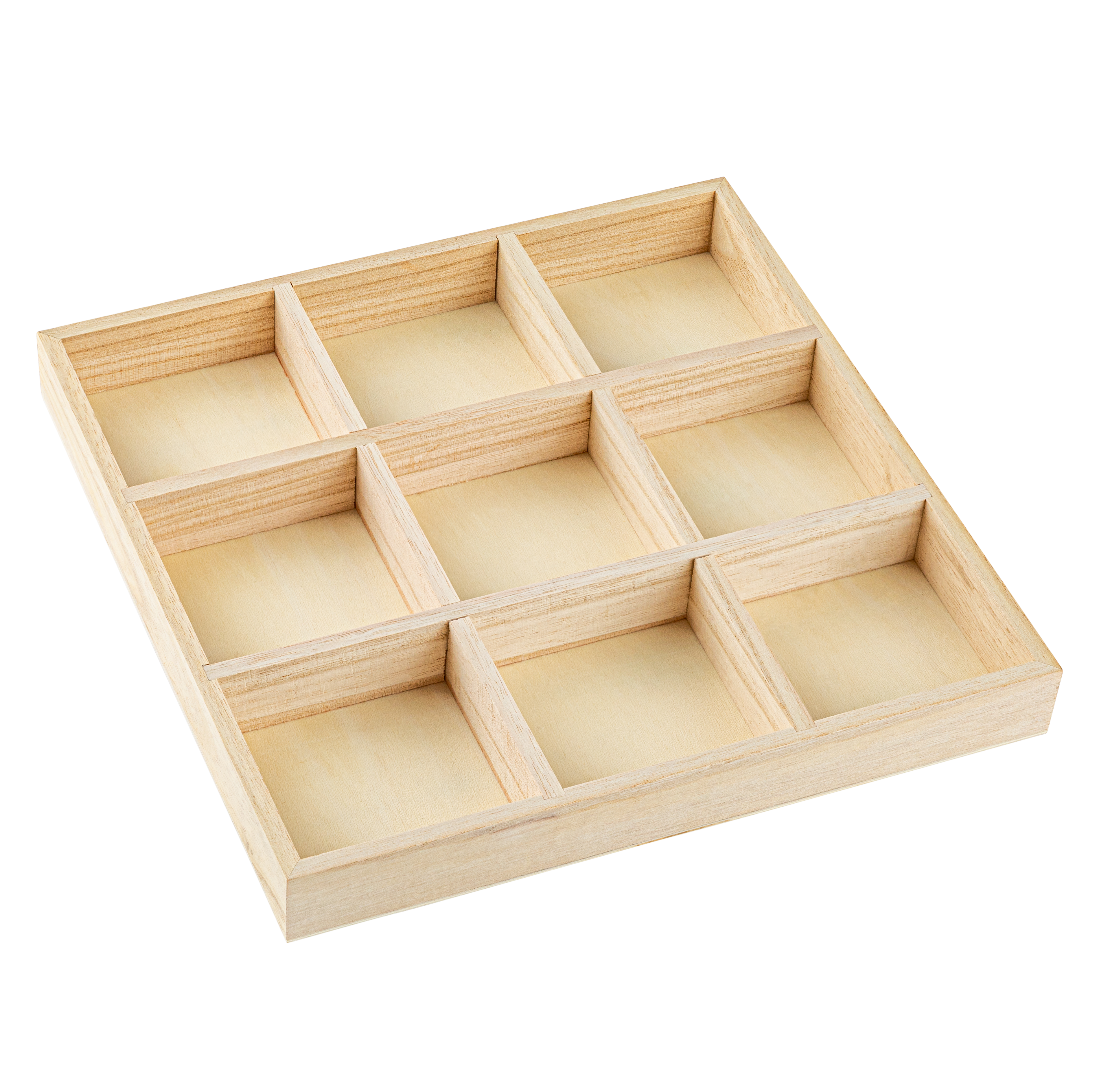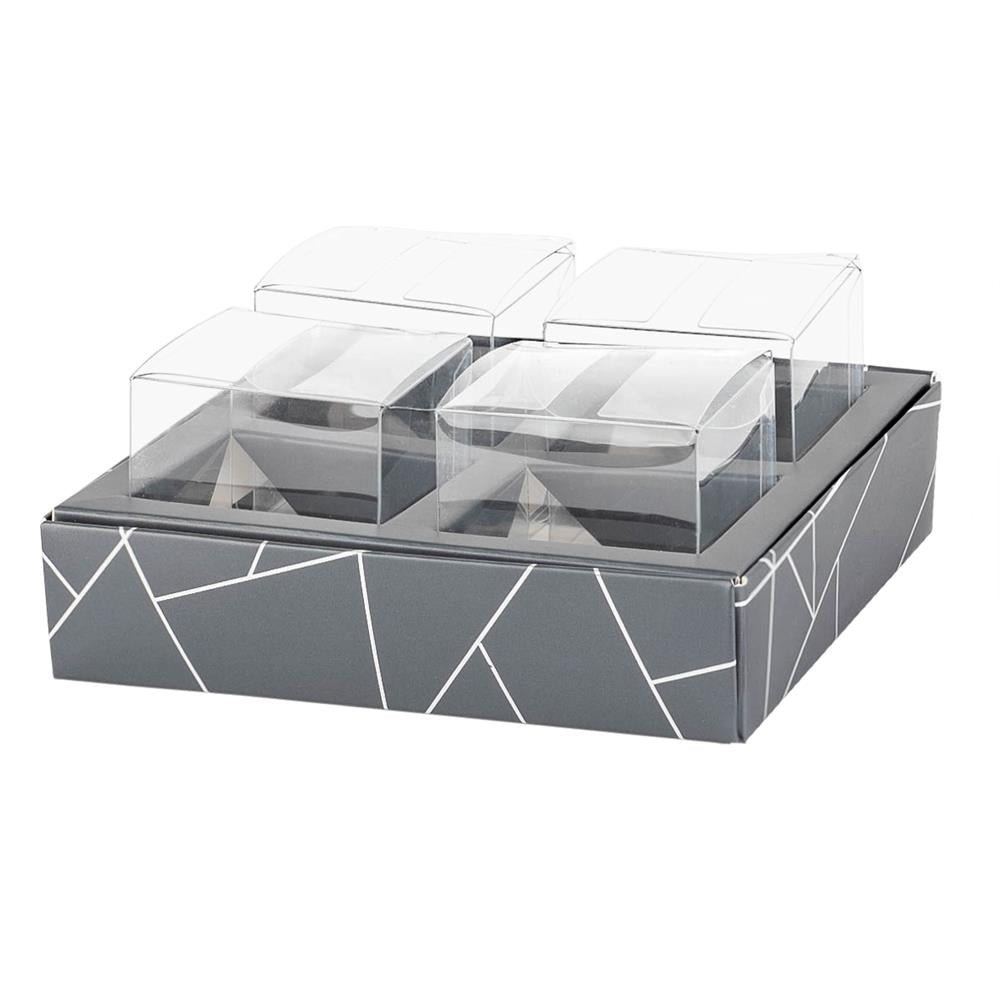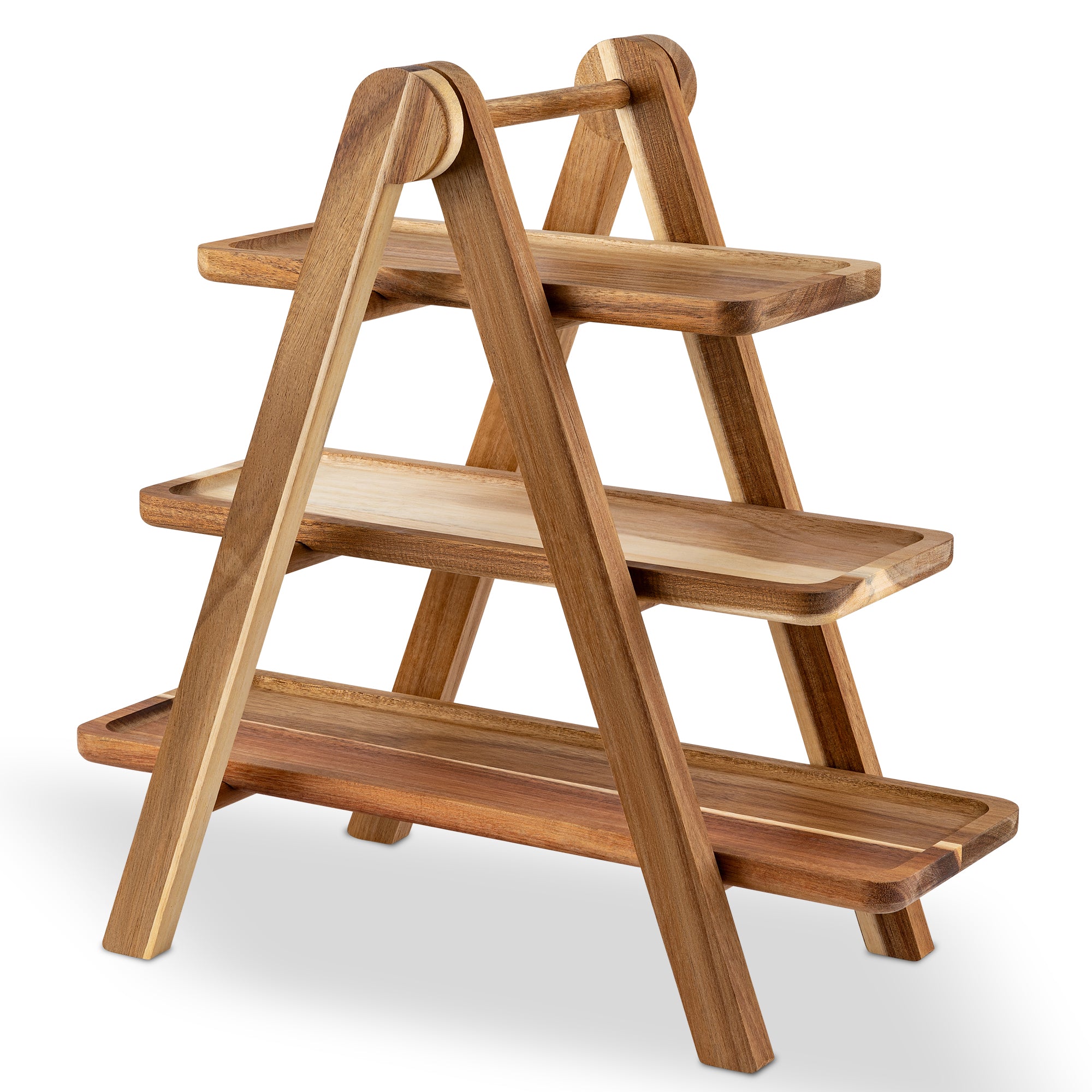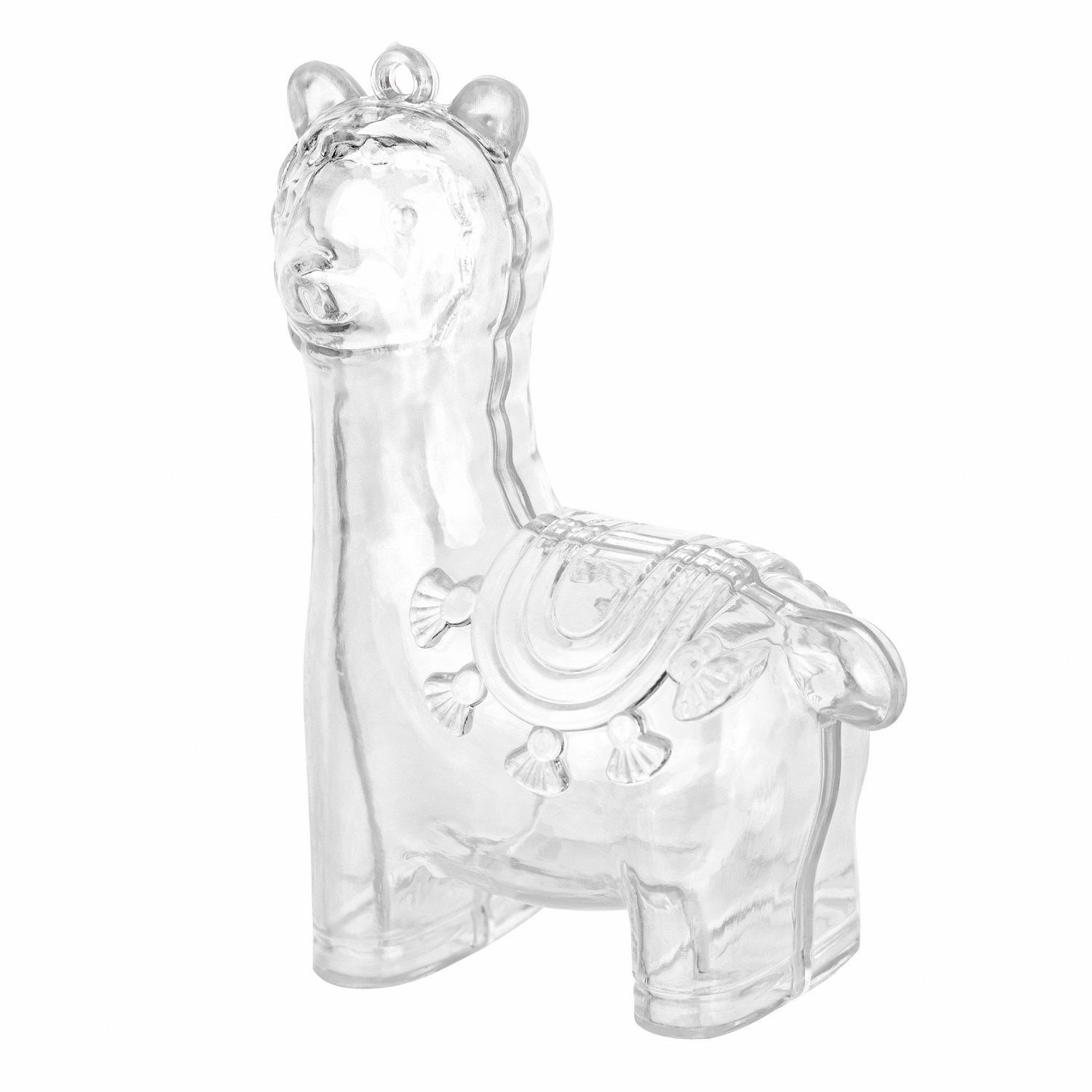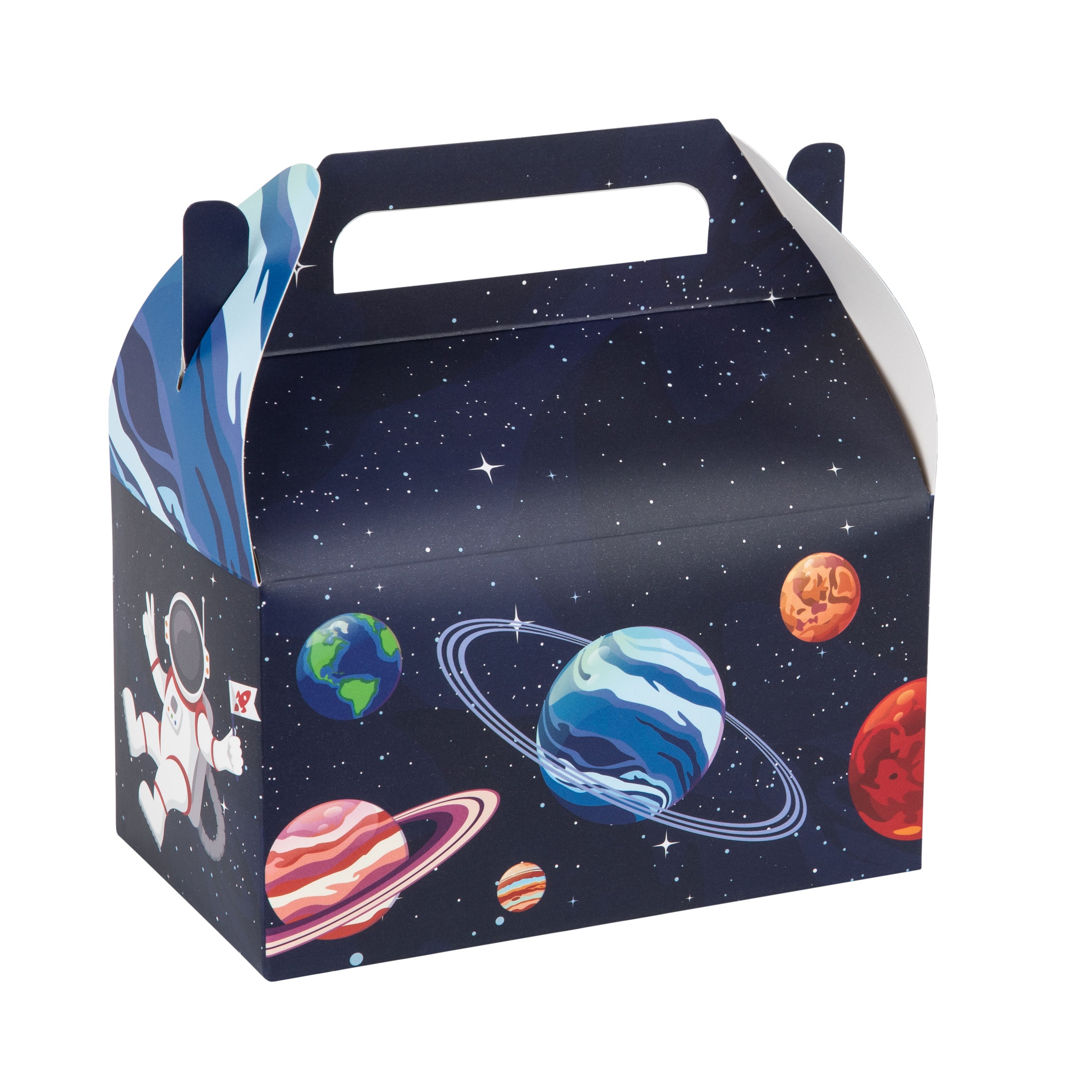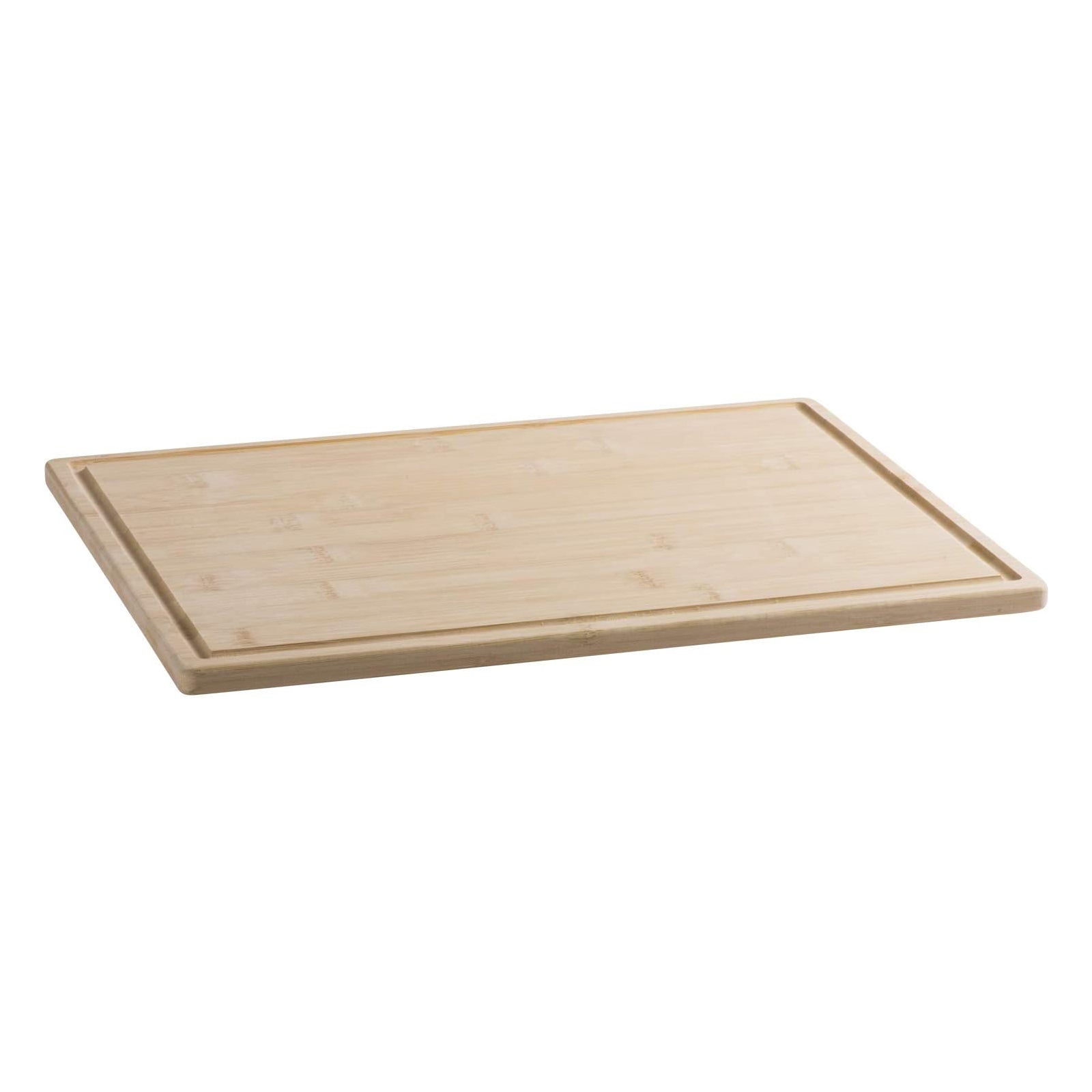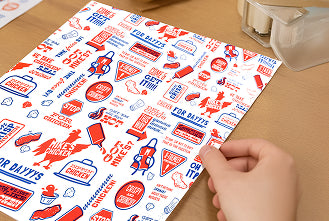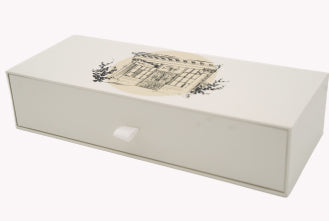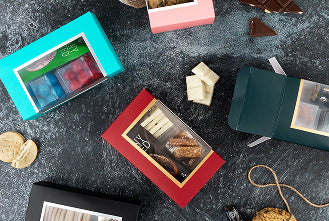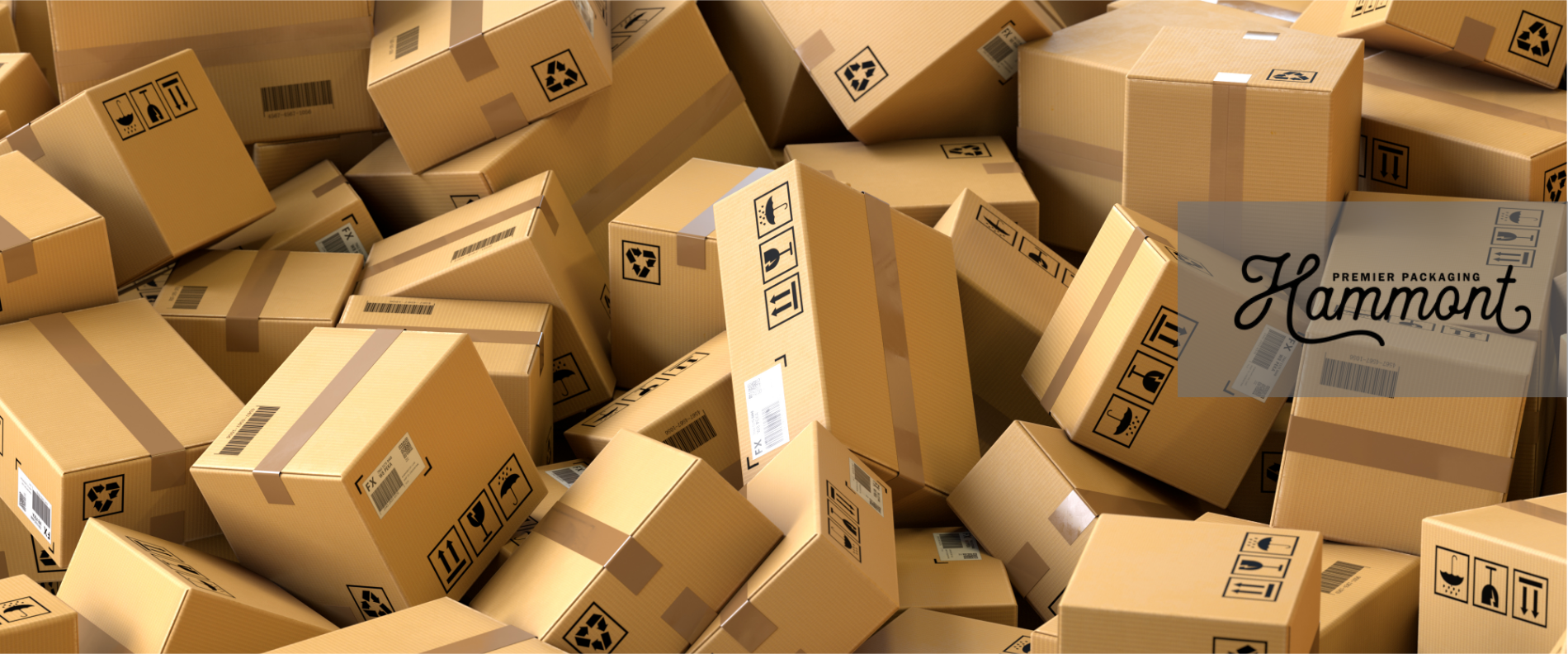When shipping a gift, ideally, you want it to arrive in one piece. Whether it’s a delicate and carefully handmade item, a tech gadget, or a sentimental keepsake, the last thing you want is for your package to show up damaged, broken, or worse—lost in transit. And the proper packaging is essential for ensuring that any bumps, drops, or pressure your parcel might face don’t damage what’s inside.

So, let’s help you figure out the best way to package up your gift. What packaging materials are best? How should you package it up? And what else should you consider?
What You Should Consider
Before packaging up your gift and sending it on its way, there are a few factors to consider, including:
-
The fragility of your item: Is your product made of glass, ceramics, electronics, or other delicate materials? Fragile items require more cushioning and impact-resistant packaging to absorb shocks during transport. You may need bubble wrap or other extra cushioning to ensure it arrives intact.
-
Weight and dimensions: Heavier items need sturdier gift boxes and, ultimately, stronger sealing methods to keep it all together. Additionally, oddly shaped or oversized products might require special packaging for protection and proper fit.
-
Shipping distance: A package traveling across the country or internationally will involve more handling, transfers, and potentially environmental changes than one simply going to the next city over. For longer distances, keep in mind that extra care and effort should be taken to ensure your item can handle the wear and tear across time zones and differing climates.
-
Presentation: If this is a branded gift, you’ll want the gift wrap and the shipping presentation to be on-brand. For businesses, the unboxing experience matters. This contributes to the customer’s overall experience and first impression. Ultimately, damaged outer packaging can reflect poorly on your brand, even if the contents are unharmed.
-
Cost and efficiency: Ultimately, a balance must be struck between your budget and the protection of the items being shipped. Over-packing adds to shipping costs, but under-packing risks damage. And smart packaging—well, that keeps your items safe without inflating expenses!
Keeping the above factors in mind will set the stage for what you should do next. These can help determine the packaging you require and what you should consider when choosing your packaging materials.
| Consideration | Why It Matters | Recommended Materials | Tips |
|---|---|---|---|
| Fragility | Delicate items need shock absorption to prevent breakage. | Bubble wrap, foam sheets, double/triple-wall boxes | Wrap items individually and use cushioning on all sides. |
| Weight & Dimensions | Heavier or awkwardly sized items need stronger packaging. | Reinforced boxes, heavy-duty tape | Avoid overstuffing; use snug-fitting boxes with reinforced sides. |
| Shipping Distance | Long-distance shipping increases handling and exposure to elements. | Durable boxes, waterproof sealing materials | Consider climate changes and vibration impact during transit. |
| Presentation | Affects unboxing experience and brand image. | Branded boxes, inner gift wrap, padded mailers | Damaged outer packaging affects perception—even if contents are intact. |
| Cost & Efficiency | Balancing budget with safety reduces waste and shipping costs. | Lightweight materials like poly mailers, right-sized boxes | Avoid over-packing; use smart combinations to optimize safety and cost. |
What Is the Best Packaging Material for Shipping?
At the end of the day, there isn’t a one-size-fits-all. To help you make an informed decision, however, here’s a breakdown of the most commonly used options, along with their ideal use cases:
-
Corrugated Cardboard: This type of material is sturdy and affordable. It’s the standard go-to for shipping many items. For instance, single-wall boxes are suitable for lightweight items, while double or triple-wall boxes provide extra durability for heavier or fragile goods.
-
Bubble wrap or foam sheets: For extra cushion or to keep your items from jostling around, bubble wrap or foam sheets offer layers of protection. These can be especially good for glassware, electronics, or ceramics, as these materials will absorb impact and also prevent scratches or cracks.
-
Packing peanuts: These are lightweight fillers that prevent items from shifting inside the box. They can be stuffed in the corner of boxes with oddly shaped items to prevent them from moving around.
-
Poly mailers: These are those squishable envelopes you’ll find being sold at most post offices. And they are perfect for non-breakable, soft items like clothing or fabric. They’re also lightweight, moisture-resistant, and cost-effective for lower-risk shipments.
-
Padded mailers: This is a cross between an envelope and a poly mailer. The difference between padded mailers and an envelope, however, is that they come with built-in cushioning, making them ideal for small, semi-fragile items such as books, cosmetics, or accessories.
And here’s another tip: Combine some of them above! This gives you layers of protection and a safer bet that your gift will arrive in one piece. For instance, wrap an item in bubble wrap, then place it inside a snug cardboard box with air pillows. The key is to prevent movement inside the package and buffer your item from external impact.
Packing It Up
Once you’ve chosen the right materials, the next step is packing your item securely and efficiently. And one of the most important decisions is box size. A box that’s too large can cause the contents to shift during transit, increasing the risk of damage. Additionally, overstuffing can also lead to problems like crushing or bursting. So, aim for a snug fit with enough room for padding materials on all sides.
For high-value or fragile products, consider using custom-fit boxes that offer tailored protection. Heavier items benefit from reinforced or double-walled boxes, which are more resistant to compression and punctures.
Sealing your package should also be done carefully and thoughtfully. Ultimately, a strong seal prevents tampering and protects against dust, dirt, and moisture. Thus, select high-quality tape that won’t peel off. If you’re worried about moisture, using waterproof tape may also be important here. For extra and maximal protection, use the H-taping method to seal all seams—top and bottom.
Lastly, make sure everything is clearly labelled. You don’t want your gift ending up back in your hands or at the wrong address. Always include the destination address, return address, and any special handling instructions such as “Fragile” or “This Side Up.” Inside the box, include a packing slip or receipt, and if applicable, return instructions for the recipient. Ensure that exterior labels are printed clearly, scannable, and water-resistant to survive any weather conditions en route.
When done properly, you can ensure your items arrive in the condition you sent them. And in turn, the recipient or consumer will know that you put thought and care into every step along the way!

